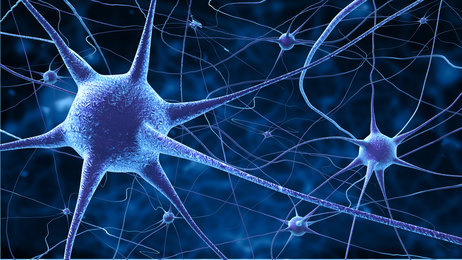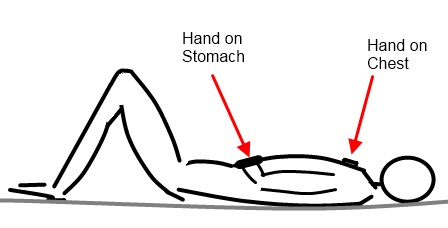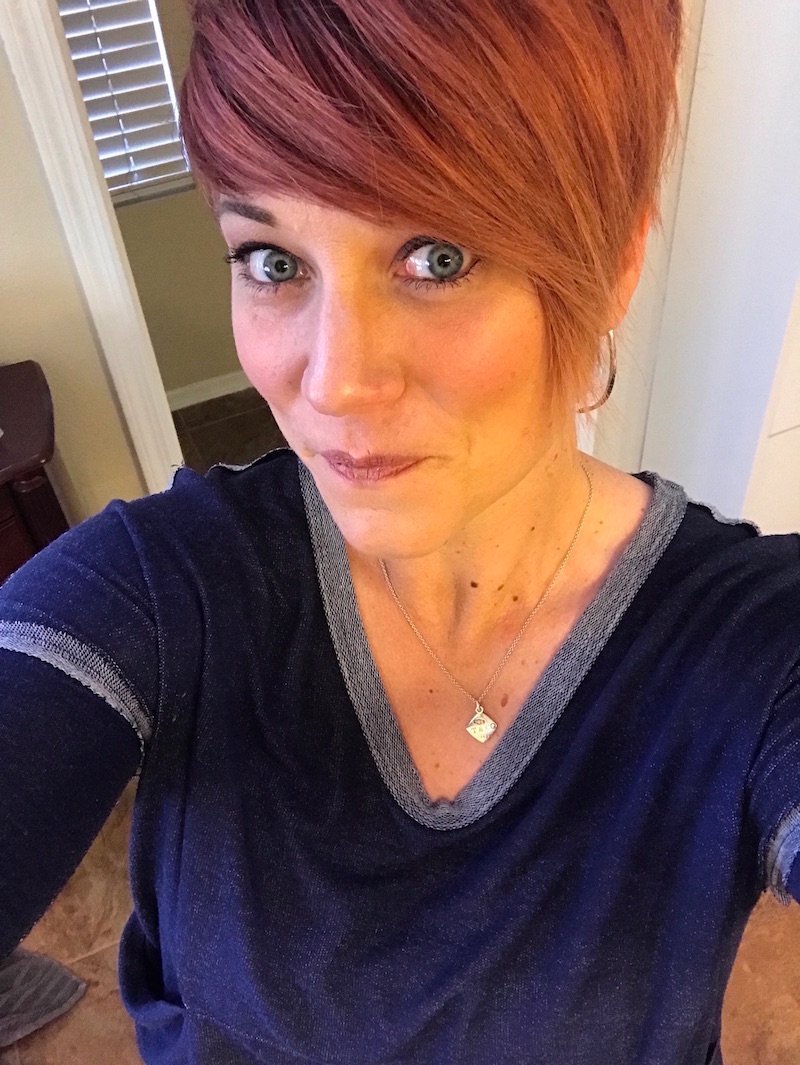- Home
- Movement
Movement Charmed Life
Our Charms for life - Purpose, Self, and Future - help guide our approach to movement and exercise. Moving with a purpose, moving for our selves, and moving for the future have helped to transform our health and well being.
If there is one thing that we have learned over the last 20 years as athletic trainers, it is that movement is vital to our health. Through our patients/clients and our own personal experiences, we know that moving with a purpose every day leads to a happier, healthier body. It all boils down to a simple idea, that the body is built to move regularly and when we are sedentary, our tissues begin to break down and tighten up.
Don’t believe us? Just take a look at how well small children move and then compare that to teenagers or adults - I guarantee that most small children are moving way better than you or me.
The reason why?
They don’t spend the majority of their day sitting behind a desk, driving, or even staying in one place for very long. Children move All. The. Time! And because they are continually moving every day, they maintain great flexibility and mobility of their joints, and they retain the fundamental patterns that we develop as we learn how to roll over, crawl, walk, and run. That is until they start school and begin playing less and sitting more. But don’t get me started on that…
So what can we learn from our smaller, younger versions? To move purposefully every day. Our bodies are made to be stretched, muscles contracted, and joints used. Living a movement centered lifestyle isn’t just about “working out” every day, or even about a specific exercise program. It is about making a purposeful choice to move regularly in order to maintain healthy tissues and joints. And we can help you identify ways to help you move better and to then keep moving.
Movement Basics
I’m going to get a little science-y here for just a minute so that you can better understand what goes into maintaining good movement and a healthy body throughout your life - I promise I’ll keep it short, but these are some important points to remember…
- Our body is made up of soft tissues and hard tissues. Soft tissues include muscles, ligaments, tendons, and fascia; hard tissues are our bones. The job of soft tissues is to create tension throughout the body that helps us stand upright, move, and live. The job of the hard tissues (bones) is to resist the tension that is created by the soft tissues by resisting compression. This resistance against the soft tissue tension is what allows bones to give us our shape and to help us maintain our form. It also allows the soft tissues to create movements. This concept of tension and compression is called biotensegrity, and it helps explain a lot of aspects of movement, function, and injury (Swanson, 2013).
- We are born with lots of mobility and flexibility in our joints and muscles, and very little stability or control. Just look at a newborn who is unable to hold their head up or create meaningful movements. Over time as we develop, we learn fundamental movement patterns; rolling, pushing, pulling, and bending. We use these fundamental patterns to create new, functional patterns like crawling, squatting, running, jumping, and hopping. And these functional patterns are combined to create patterns related to sports and exercise.
- Moving well is dependent upon adequate mobility and proper muscle activation patterns. Without these things, our movement quality will be poor. Poor quality can lead to undue stress on our joints and soft tissues, and ultimately creates daily aches and pains and the potential for more serious injury.
- Our neurological system, or what we call the sensorimotor system (sensory + motor) is responsible for controlling all of our fundamental and functional patterns. The sensorimotor system is also constantly adapting our patterns based on the activities we are performing regularly, how much mobility and control we have, and the environments in which we are moving.

So what does all of this science stuff mean?
In order for us to improve how we move, we first need to identify what kind of deficits we have. To
do this, there are a few simple tests you can do to look at fundamental patterns. Once you identify where your deficits are, you can
work to make improvements by challenging the sensorimotor system to
adapt its patterns to meet your new goals.
Below
is information on assessing how you move and suggestions for
improving your quality though stretching, mobilization, and exercise.
Check back often as we continue to add more information.
Movement Assessments

With just a few simple tests you can determine your general movement capacity and identify specific areas you should focus on to create a movement based lifestyle, reduced injury risk, and overall fitness and well being. Check out our assessments to find out more.
Swanson, R. L. (2013). Biotensegrity: a unifying theory of biological architecture with applications to osteopathic practice, education, and research—a review and analysis. The Journal of the American Osteopathic Association, 113(1), 34-52.
- Home
- Movement
Products linked from our website are items we use in our house every. single. day. We recommend them because they provide value and contribute to our Paleo Charmed Life. If you click through our links and make a purchase, we earn a little cash, which helps us keep bringing new information to you online.





